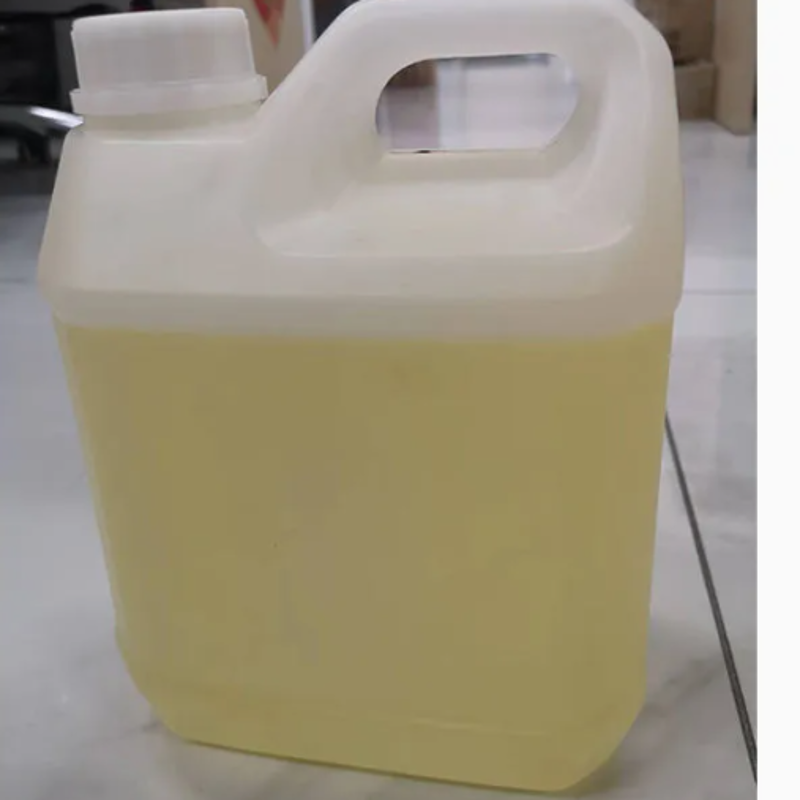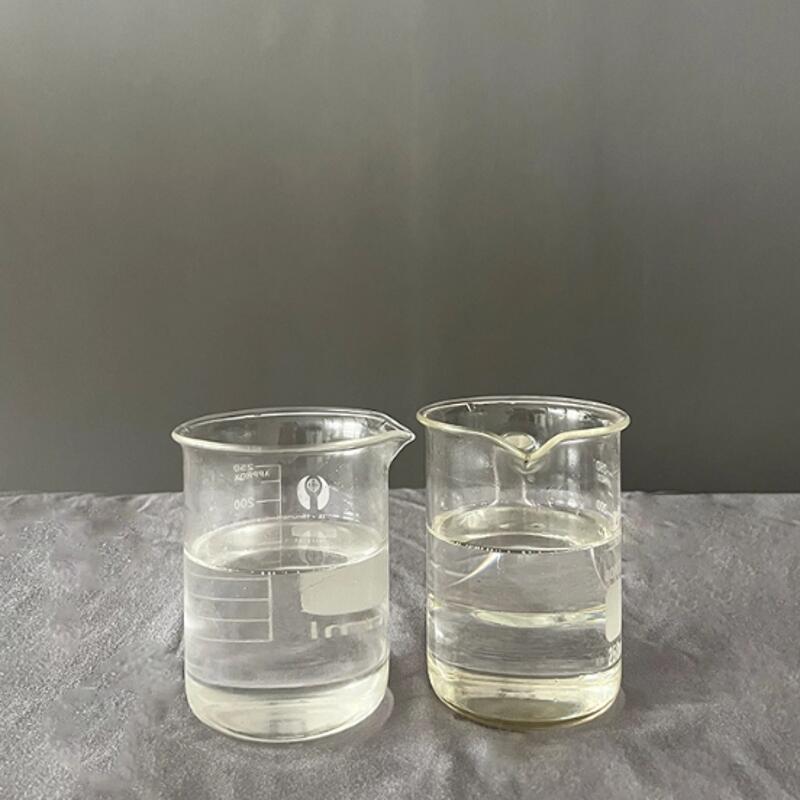-
Categories
-
Pharmaceutical Intermediates
-
Active Pharmaceutical Ingredients
-
Food Additives
- Industrial Coatings
- Agrochemicals
- Dyes and Pigments
- Surfactant
- Flavors and Fragrances
- Chemical Reagents
- Catalyst and Auxiliary
- Natural Products
- Inorganic Chemistry
-
Organic Chemistry
-
Biochemical Engineering
- Analytical Chemistry
-
Cosmetic Ingredient
- Water Treatment Chemical
-
Pharmaceutical Intermediates
Promotion
ECHEMI Mall
Wholesale
Weekly Price
Exhibition
News
-
Trade Service
A study by the University of Newcastle in Australia shows that plastic pollution has invaded the human body
.
A study by the University of Newcastle in Australia shows that plastic pollution has invaded the human body
.
The average person in the world ingests 1,796 microplastics every week through drinking water alone.
These microplastics are about 5 grams by weight, which is equivalent to the plastic used in a credit card
.
So, what are microplastics? What are microplastics? What are microplastics? Microplastics generally refer to plastic objects with a particle size of less than 5mm, which actually include similar pollution of various synthetic polymers, and are temporarily called "microplastics" .
Including particles after tire rubber wear, "microbeads" of personal care products that play a frictional role in cleaning and cleaning, synthetic fibers in laundry wastewater, and particles escaping from paint and coatings .
Microplastics are highly mobile, and the ocean is an important convergence point .
Microplastics can be divided into primary microplastics and secondary microplastics according to their sources: Primary microplastics refer to tiny materials when they are produced that enter consumer goods or enter the environment as residual parts in industrial applications, such as various artificial industrial plastics Microbeads or soft beads (microbeads) in products, personal care products and cosmetics (collectively referred to as PCCPs), or industrial materials such as abrasives, these microplastics will enter the surrounding environment with the discharge of domestic sewage; Secondary microbes Plastics are formed from various plastic wastes through physical, chemical and biological processes.
For example, larger plastics are formed after being irradiated by ultraviolet rays, split by mechanical force, and cracked by weathering .
Can sewage plants retain microplastics? Can sewage plants retain microplastics? Finnish research teams have been investigating whether urban sewage treatment plants can effectively retain microplastics as early as 2015
.
Their results, published in 2018, showed that conventional processes with primary and secondary treatments already removed the majority of microplastics (>99%) from influent water, with primary treatment transferring 98% of plastics to primary sludge , the activated sludge process further removed the remaining part (88%)
.
But 20% of the microplastics are returned to the treatment line with the return sludge
.
If the advanced treatment process is used, the removal rate can be further improved.
For example, the removal rate of MBR is 99.
9%, the sand filter is 97%, the air flotation is 95%, and the disc filter has a large deviation, ranging from 40-98.
5%.
room
.
But bioactive filtration had no effect on microplastic concentrations
.
In this way, the sewage treatment plant does play the role of a microplastic terminal recycling station, reducing its negative impact on the environment
.
However, according to statistics, Finnish sewage plants still discharge about 480 billion microplastic particles into the water environment every year
.
The Finnish team conducted experiments in the Gulf of Finland in the northern Baltic Sea to study the growth of local mussels in areas that receive this sewage
.
The results showed that the mussels contained more microplastics in their bodies
.
So, are we going to include the removal of microplastics in the remit of all wastewater treatment plants? At present, this requirement is not realistic.
After all, the sewage treatment plant also needs to consider the treatment of other pollutants such as nitrogen, phosphorus and residual drugs.
It takes time for the sewage treatment plant to find a balance between these goals
.
How to reduce microplastics at source? How to reduce microplastics at source?
European Union: Stop adding microplastics to rinse-off cosmetics and personal care products for scrubbing and cleaning by 2020; Ecolabel detergents must not contain microplastics; the European Union Food Safety Authority (EFSA) has also begun to assess the presence of microplastics in food Available evidence of microplastics
.
· ECHA and REACH: ECHA refers to the European Chemicals Agency, and REACH is the EU regulation for the preventive management of all chemicals entering its market
.
According to REACH, in January 2019, ECHA issued recommendations on the restriction of intentional addition of microplastics in products and proposed labeling and reporting requirements, which are applicable to various cosmetics, medical devices including in vitro diagnostic supplies, detergents, fertilizers, agricultural and horticultural products.
Seed treatment and plant protection products and biocides
.
European countries: France, Italy, Sweden, Denmark and many other countries have successively banned the addition of plastic particles in PPHC (Personal Primary Health Care) rinse-off products; the United Kingdom also banned plastic particles in rinse-off cosmetics
.
North America: The 2015 U.
S.
"Microbead-Free Waters Act" prohibits the production and marketing of artificially added plastic particles in rinse-off cosmetics, soap, toothpaste, body lotion and other products; in 2015, the Canadian Parliament listed microbeads as "Canadian Environmental Protection Act" In 2016, Canada issued the Regulations on Plastic Microbeads in Cosmetics, which completely prohibits the production, import or sale of cosmetics containing plastic microbeads
.
Asia-Pacific countries; New Zealand banned the sale of personal care products containing microbeads in 2018; South Korea banned the sale of cosmetics containing plastic microbeads in 2018; Japan in 2018 encouraged companies and producers to reduce the use of microplastics in products, especially It is personal care products and cosmetics; the "Comprehensive Catalogue of Environmental Protection (2017)" issued by the former Ministry of Environmental Protection of China listed "cosmetic cleaning products with plastic microbeads" and "plastic microbead additives" in the "high pollution, high environmental "Dangerous" product list, combined with taxation to urge enterprises to voluntarily eliminate them; China's National Development and Reform Commission recently announced the "Industrial Structure Adjustment Guidance Catalog (2019 Edition)" that the production of daily chemical products containing plastic microbeads will be banned until December 31, 2020.
, sales are prohibited until December 31, 2022
.







